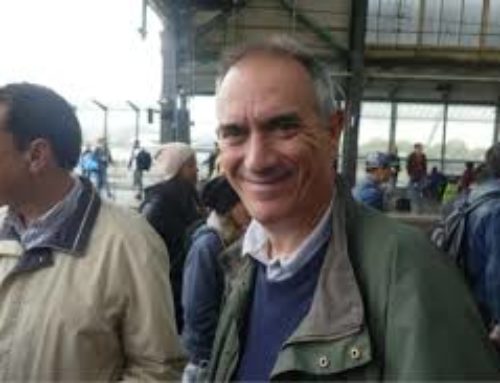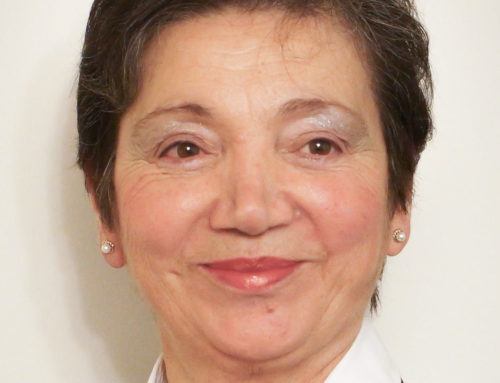25 October 1987
After the Mass of Canonization of St. Giuseppe Moscati
Dear Brothers and Sisters,
1. Our thoughts today turn to the Sanctuary of the Blessed Virgin of the Rosary in Pompei, a Sanctuary which was very dear to Doctor Moscati, whom I have had the joy of proclaiming a saint this morning. He often stopped there when travelling to Amalfi, Salerno and Campobasso to visit the sick or in other circumstances. “What sweetness is mine”, he confided to a friend, “in receiving Communion in the Sanctuary of Pompei! At the feet of the Madonna I seem to become smaller, and I tell her things as they are”.
Today, we too wish to go spiritually to that centre of Marian devotion, to open our hearts to the Madonna and tell her “things as they are”. The Sanctuary of Pompei, with its vast impact on the international level, with the multitudes of pilgrims converging there, with the great complex of works that surround it, witnesses to the powerful energies that the cult of Mary is capable of awakening, energies which, in the last analysis, are embodied in a burning love for man, for the whole man, in his spiritual and in his social and temporal dimensions.
At the origin of the work of Bartolo Longo there is, as is well known, love for man, for suffering man of the Valley of Pompei in the late eighteenth century, degraded by a life of poverty and ignorance. Bartolo Longo understood that the greatest need of that poor mass of people was for catechesis and the maternal and merciful presence of Mary, made more tangible by means of a humble painting of Our Lady of the Rosary, placed in the little church of the Valley of Pompei on 13 November 1875.
This very painting was soon to become the hub of the movement of worship and charity on an international level. According to Bartolo Longo’s illuminated intuition, Marian devotion and the pious exercise of the Rosary were to be – not only for the poor peasants of the Valley of Pompei, but for the whole Church and all of society – an extraordinarily effective means for human advancement and universal peace.
We wish today to accept the invitation, which comes to us from Blessed Bartolo Longo and from the new Saint, Doctor Giuseppe Moscati, to renew our devotion to Mary. The Madonna of Pompei, venerated under the title of “Virgin of the Rosary”, indicates to us a privileged way to progress in our devotion to her and to deepen our relationship of faith and love with her Son Jesus: “the Rosary”.
The contemplation of the mysteries from which the history of our salvation unwinds, the invocation of God the Father with the very words Jesus has taught us, the rhythmic flow of the “Hail Mary” – as it were a garland of roses gathered round the purest, the most beautiful, the holiest of all women – the final doxology glorifying the Divine Trinity: all of this makes the Rosary a prayer extraordinarily rich in content, even in the simplicity of its structure which permits its recitation in the most varied circumstances.
Let us take the Rosary in hand again, beloved brothers and sisters, to express our veneration of Mary, to learn from her to be diligent disciples of our Divine Master, to implore her heavenly aid in our daily necessities as well as in the great problems that trouble the Church and all mankind.
After the angelus
I greet all the bishops, priests and faithful of Campania, especially those from the city of Naples, together with Cardinal Corrado Ursi and his successor in the Archdiocese of Naples. At the same time let us embrace in prayer all of the health care workers; doctors, nurses, and all the others who assist our beloved brothers and sisters who are ill. Let us go in spirit to all the health care facilities, to all the clinics and hospitals in Italy and throughout the world. May they always be the privileged places of charity, in the service of those who are suffering, in the service of life, from its beginning at conception in the mother’s womb. Thus we are once again before our beloved St. Giuseppe Moscati to join with him in prayer, as he prayed the Rosary, his “Angelus” in the sanctuary of Pompei in his city of Naples and throughout Italy and beyond.
John Paul II








